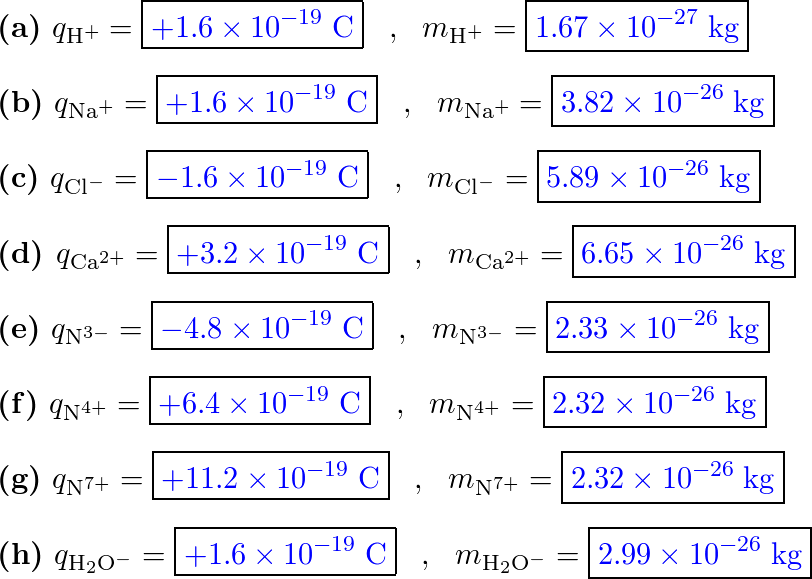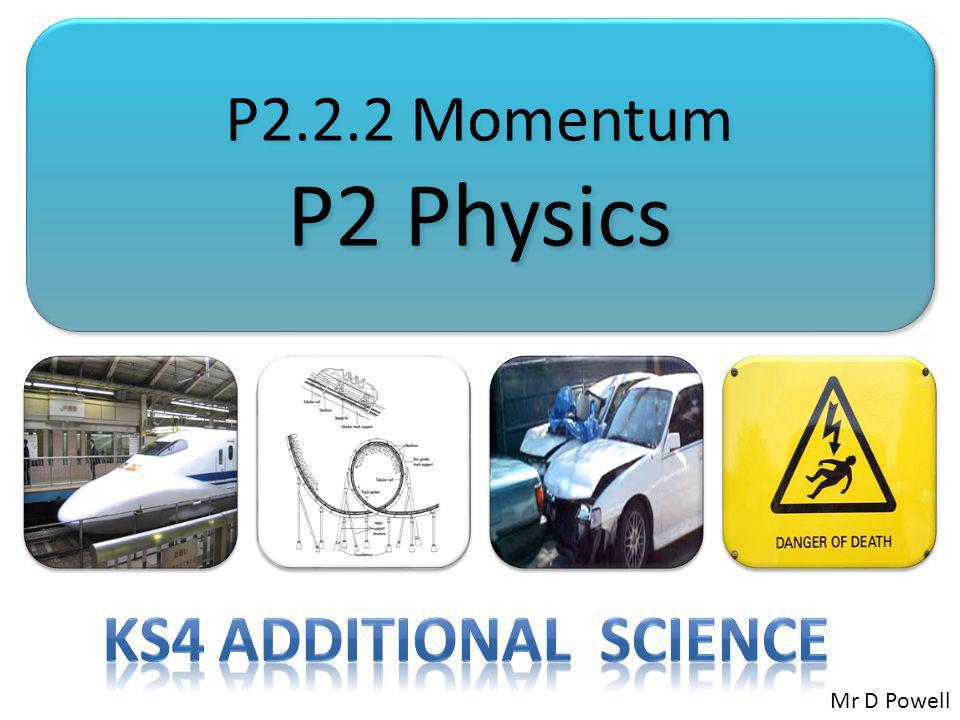Problem Solving Part 2 (physics)mr. Standring's Webware 2
- Problem Solving Part 2 (physics)mr. Standring's Webware 2nd Edition
- Problem Solving Part 2 (physics)mr. Standring's Webware 2.2

There are two types of problem solving activities for this class.
Our site is currently called Physics Problems Q&A, and is a site that is for students of physics, physics enthusiasts, and all those who love explaining physics. The purpose of the site is to help answer questions users have about solving specific problems about physics. Choose the direction of the positive y -axis. It’s easiest to make the same choice we used for freely falling objects in Section 2.5. You can divide Green Lantern’s fall into two parts: from the top of the building to the halfway point and from the halfway point to the ground. You know that the second part of the fall lasts 1.00 s. LEADING THE REVOLUTION: How to Thrive in Turbulent Times by Making Innovation a Way of Life. Gary Hamel Harvard Business School. P R A I S E F O R G A R Y H A M E L S L E A D I N G T H E R E V O L U T I O N Hamel is no armchair revolutionary. Collection of thousands of eBooks please go to www. 3.2 Percentage of students agreeing with questions on the ASSIST. This is a free database of solved physics problems. Here you can find a collection of. Physics problems on different topics. Kinematics (111 problems) 2. Dynamics (61 problems) 3. Conservation Laws (21 problems) 4. Thermodynamics (7 problems) 5. Waves (5 problems) 6.
- Group Problem Solving (Mondays and Wednesdays)
- Problem Solving Sessions (Fridays)

Group Problem Solving (Mondays and Wednesdays)
These in-class problems are solved in groups and are not graded.
Problem Solving Part 2 (physics)mr. Standring's Webware 2nd Edition

| SES # | TOPICS |
|---|---|
| 1 | Group problem (PDF) |
| 2 | Group problem (PDF) Group: Line of charge (PDF) Group: Uniformly charged disk (PDF) |
| 4 | Group problem: Superposition (PDF) Group problem: E from V (PDF) Group problem: Build it (PDF) |
| 7 | Group problem: Charge slab (PDF) Group problem: Charge slab (PDF) |
| 9 | Group problem: Spherical shells (PDF) |
| 10 | Partially filled capacitor (PDF) |
| 12 | Group problem: B field from coil of radius R (PDF) |
| 14 | Group problem: Non-uniform cylindrical wire (PDF) Group problem: Current sheet (PDF) |
| 17 | Group problem: Current loop (PDF) |
| 18 | Group problem: Circuit (PDF) |
| 20 | Group problem: Changing area (PDF) Group problem: Generator (PDF) |
| 21 | Group problem: Solenoid (PDF) |
| 23 | Group problem: Coaxial cable (PDF) Group problem: Circuits (PDF) |
| 28 | Group problem (PDF) |
| 30 | Superposition principle (PDF) Group problem: Plane waves (PDF) |
| 31 | Group problem: Inductor (PDF) Group problem: Capacitor (PDF) |
| 33 | Group problem: B field generation (PDF) Group problem: Energy in wave (PDF) |
Problem Solving Sessions (Fridays)
Counts toward 6% of the course grade.
| SES # | TOPICS |
|---|---|
| 3 | Coordinate systems; Gradients; Line and surface integrals (PDF - 1.4 MB) |
| 6 | Continuous charge distributions (PDF) |
| 8 | Gauss's law (PDF) |
| 11 | Capacitors (PDF) |
| 16 | Ampere's law (PDF) |
| 19 | Magnetic fields: Force and torque on a current loop (PDF) |
| 22 | Mutual inductance and transformers; Inductors (PDF) |
| 26 | RC and RL circuits (PDF) |
| 29 | Driven LRC circuits (PDF) |
| 32 | EM radiation (PDF) |
| 35 | Interference (PDF) |
Welcome!

This is one of over 2,400 courses on OCW. Explore materials for this course in the pages linked along the left.
MIT OpenCourseWare is a free & open publication of material from thousands of MIT courses, covering the entire MIT curriculum.
No enrollment or registration. Freely browse and use OCW materials at your own pace. There's no signup, and no start or end dates.

Knowledge is your reward. Use OCW to guide your own life-long learning, or to teach others. We don't offer credit or certification for using OCW.
Problem Solving Part 2 (physics)mr. Standring's Webware 2.2
Made for sharing. Download files for later. Send to friends and colleagues. Modify, remix, and reuse (just remember to cite OCW as the source.)
Learn more at Get Started with MIT OpenCourseWare
Problem :
A 5 kg block is moved up a 30 degree incline by a force of 50 N, parallel to the incline. The coefficient of kinetic friction between the block and the incline is .25. How much work is done by the 50 N force in moving the block a distance of 10 meters? What is the total work done on the block over the same distance?
Finding the work done by the 50 N force is quite simple. Since it is applied parallel to the incline, the work done is simply W = Fx = (50)(10) = 500 J.
Finding the total work done on the block is more complex. The first step is to find the net force acting upon the block. To do so we draw a free body diagram:Because of its weight, mg, the block experiences a force down the incline of magnitude mg sin 30 = (5)(9.8)(.5) = 24.5 N. In addition, a frictional force is felt opposing the motion, and thus down the incline. Its magnitude is given by Fk = μFN = (.25)(mg cos 30) = 10.6 N. In addition, the normal force and the component of the gravitational force that is perpendicular to the incline cancel exactly. Thus the net force acting on the block is: 50 N -24.5 N -10.6 N = 14.9 N, directed up the incline. It is this net force that exerts a ìnet workî on the block. Thus the work done on the block is W = Fx = (14.9)(10) = 149 J.
